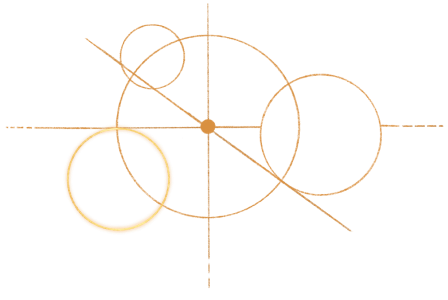The Contested History of the Civil War in Lebanon




A history is contested when there are different interpretations of what happened and what this means in the present. The Lebanese Civil War is an example of such contested history, with the many competing views of its causes, its course, and its impact.
How does gathering these different interpretations, these different perspectives on the Lebanese Civil War bring us closer to understanding it? How does adopting a multi perspective approach present an effective way to deal with its contested nature?
Objectives:
90 mins
We ask participants to communicate with older family members or friends who lived during the war (two or three people at least) and ask them the following questions. Depending on how much time you have in between sessions, you can give participants these questions shortly before the session or well ahead of the time.
We write each of the four questions on a flip chart paper and hang them on the wall.
Warm-up (15 minutes):
After conducting the activity, each participant writes the answers they received on sticky notes and place them on the respective flip chart paper.
We encourage participants to read each other’s responses.
Plenary Discussion (30 minutes):
We facilitate a plenary discussion through which we learn about the impressions of the participants on the answers they received, why each question might have been answered differently, and how to interpret this.
Guiding Questions:
We end the discussion by pointing out that until today there has not been a consensus on the start and end of the Lebanese Civil War, the warring parties, or even the name given to the war.
Group Work (25 minutes):
Participants are split into four groups. Each group receives a copy of Handout 10: Causes of Civil War in Lebanon and a flip chart paper.
Two groups are tasked with prioritizing the causes from most important to least important; two other groups are tasked with classifying the causes under two broad categories: internal causes vs. external causes. Once groups are finished with their list, they post their findings on a wall next to each other and walk around them to compare findings.
Plenary Discussion (20 minutes):
Together, we explore the participants’ impressions of the group work and the challenges that they may have faced in agreeing on prioritizing/categorizing the causes of the war and how that relates to multi-perspectivity.
Guiding Questions:
The Memory of War: Activities Handbook, Lebanese Center for Civic Education, Ala Boued Amtar/A Step Away, Forum Civil Peace Service (forumZFD) (Beirut, forumZFD, 2016).
Wenger, Martha. “Primer: Lebanon’s 15-Year War,” The Middle East Report 162 (January/February 1990).